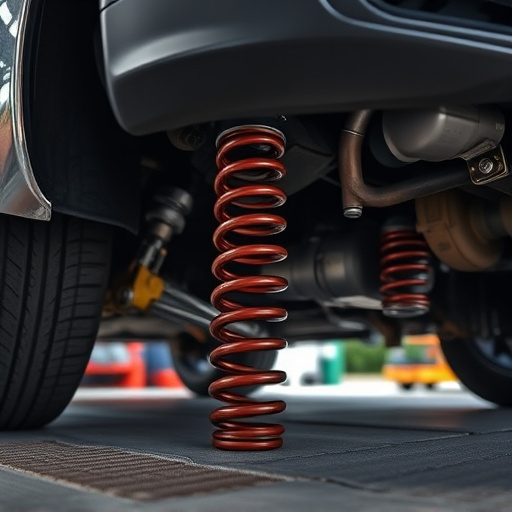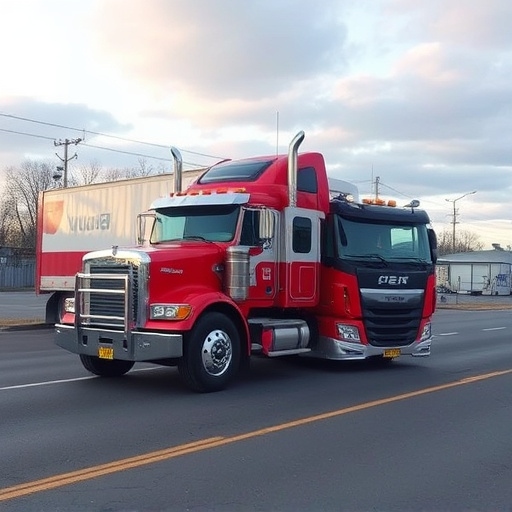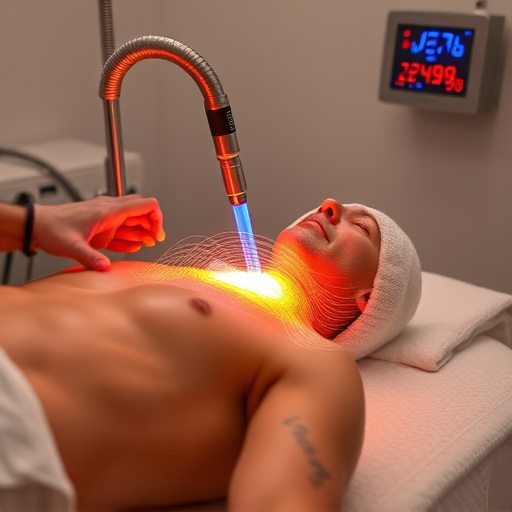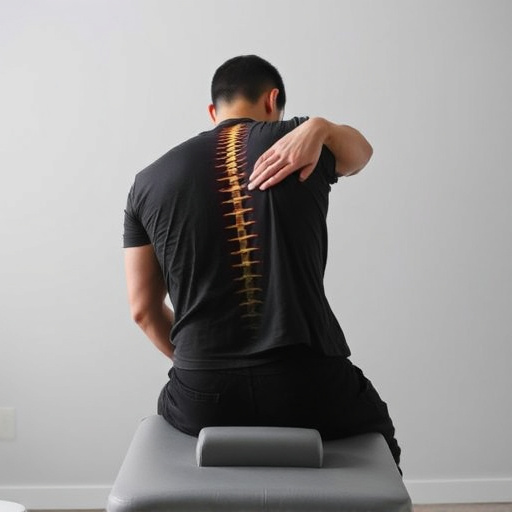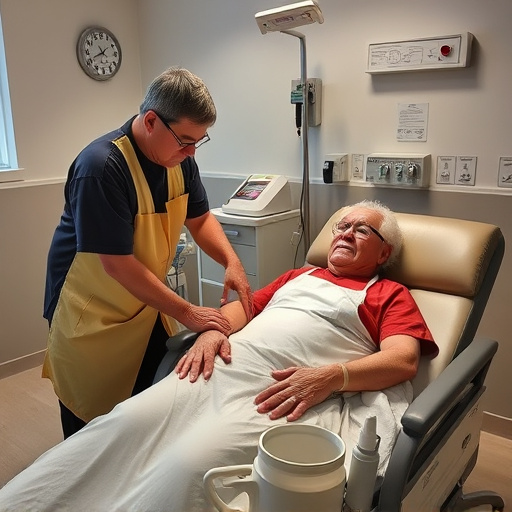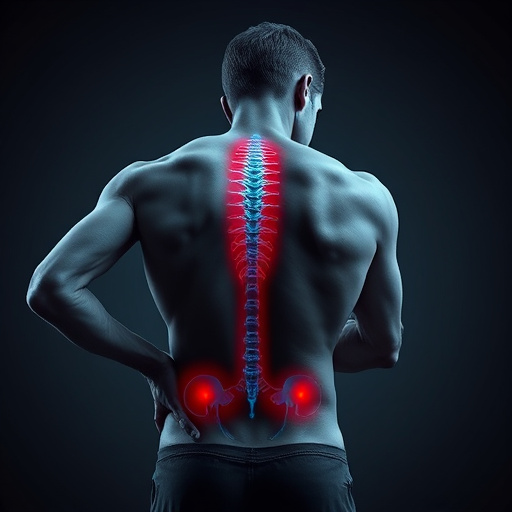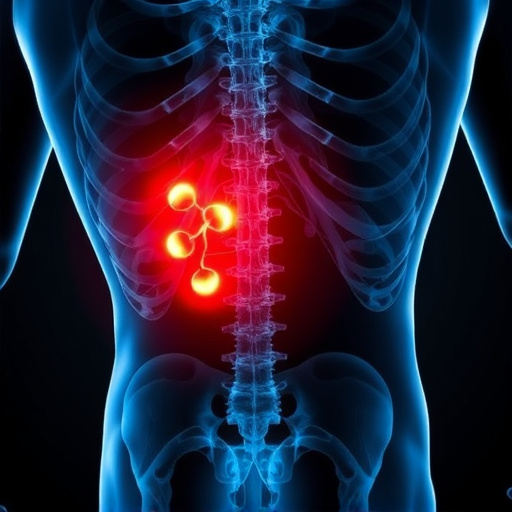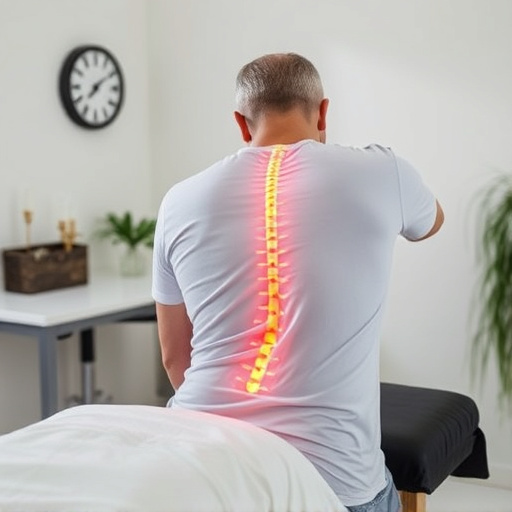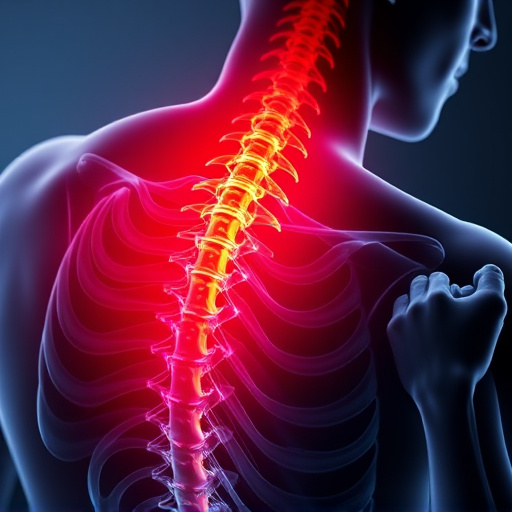Post-accident rehabilitation for neck and back injuries involves a comprehensive, multidisciplinary approach combining chiropractic care, physical therapy, and specialized treatments. This tailored process begins with an initial assessment and includes exercises, adjustments, massage, ergonomic habits, rest, and nutrition to restore mobility, alleviate pain, improve wellness, and prevent future relapses, enabling individuals to regain independence in their daily activities.
Post-accident rehabilitation plays a pivotal role in the recovery process for neck and back injuries, offering a path to regained mobility and improved quality of life. This article delves into the essential aspects of post-accident rehabilitation, exploring effective techniques and providing valuable insights for a successful journey towards healing. From understanding the initial stages to implementing preventative measures, discover key strategies for navigating this critical period of recovery.
- Understanding Post-Accident Rehabilitation for Neck and Back Injuries
- The Process and Techniques Used in Rehabilitation
- Tips for a Successful Recovery and Preventing Future Injuries
Understanding Post-Accident Rehabilitation for Neck and Back Injuries

Post-accident rehabilitation for neck and back injuries is a crucial step in the healing process. Following a motor vehicle accident or other traumatic event, individuals often sustain soft tissue injuries that can significantly impact their ability to move and perform daily tasks. Chiropractic care plays a vital role in this phase by focusing on adjusting the spine and alleviating pain associated with these injuries. The goal of post-accident rehabilitation is not just to restore mobility but also to enhance overall wellness care, ensuring individuals regain strength, flexibility, and functionality.
This process typically involves a multidisciplinary approach, combining chiropractic manipulation, physical therapy, and other specialized treatments tailored to the patient’s specific needs. Through gentle adjustments and targeted exercises, chiropractors work to reduce inflammation, improve nerve function, and promote healing in the affected areas. Incorporating wellness care practices into the rehabilitation regimen can further support mental well-being and accelerate recovery by addressing not just the physical symptoms but also the emotional and psychological effects of the accident.
The Process and Techniques Used in Rehabilitation

Post accident rehabilitation for neck and back injuries involves a comprehensive process designed to restore mobility, alleviate pain, and facilitate muscle recovery. The journey begins with an initial assessment where healthcare professionals evaluate the extent of damage through various techniques such as imaging scans, physical examinations, and patient history reviews. This critical step lays the foundation for tailoring a customized treatment plan that addresses specific needs.
Rehabilitation strategies encompass a diverse range of techniques, including physical therapy, chiropractic adjustments, massage, and exercise regimens focused on strengthening core muscles and improving flexibility. Functional rehabilitation plays a pivotal role by teaching individuals how to move safely and effectively, enabling them to regain independence in their daily activities. Back pain relief is achieved through a combination of these methods, targeting not just symptoms but also the underlying causes to prevent future relapses.
Tips for a Successful Recovery and Preventing Future Injuries

A successful post accident rehabilitation for neck and back injuries involves a multi-faceted approach. Firstly, patients should prioritize consistent participation in prescribed therapeutic exercises. These are designed to improve flexibility, strengthen supporting muscles, and promote better posture—all crucial factors in preventing future strain. Engaging in these exercises regularly, as recommended by healthcare professionals, can significantly enhance recovery and reduce the risk of chronic pain relief becoming a persistent issue.
Additionally, maintaining a balanced lifestyle is key. This includes adopting good ergonomic habits to prevent re-injury, such as using appropriate support during prolonged sitting or lifting. Adequate rest and proper nutrition are also essential for muscle recovery. Patients should listen to their bodies and avoid overdoing activities that could trigger pain. By heeding these tips, individuals can not only accelerate their recovery but also build resilience against future accidents or injuries.
Post-accident rehabilitation for neck and back injuries is a comprehensive process that combines understanding, specialized techniques, and proactive strategies. By delving into evidence-based therapies and adopting helpful tips, individuals can enhance their recovery outcomes and significantly reduce the risk of future harm. Effective post accident rehabilitation not only restores physical health but also empowers folks to navigate life’s challenges with resilience and confidence.






